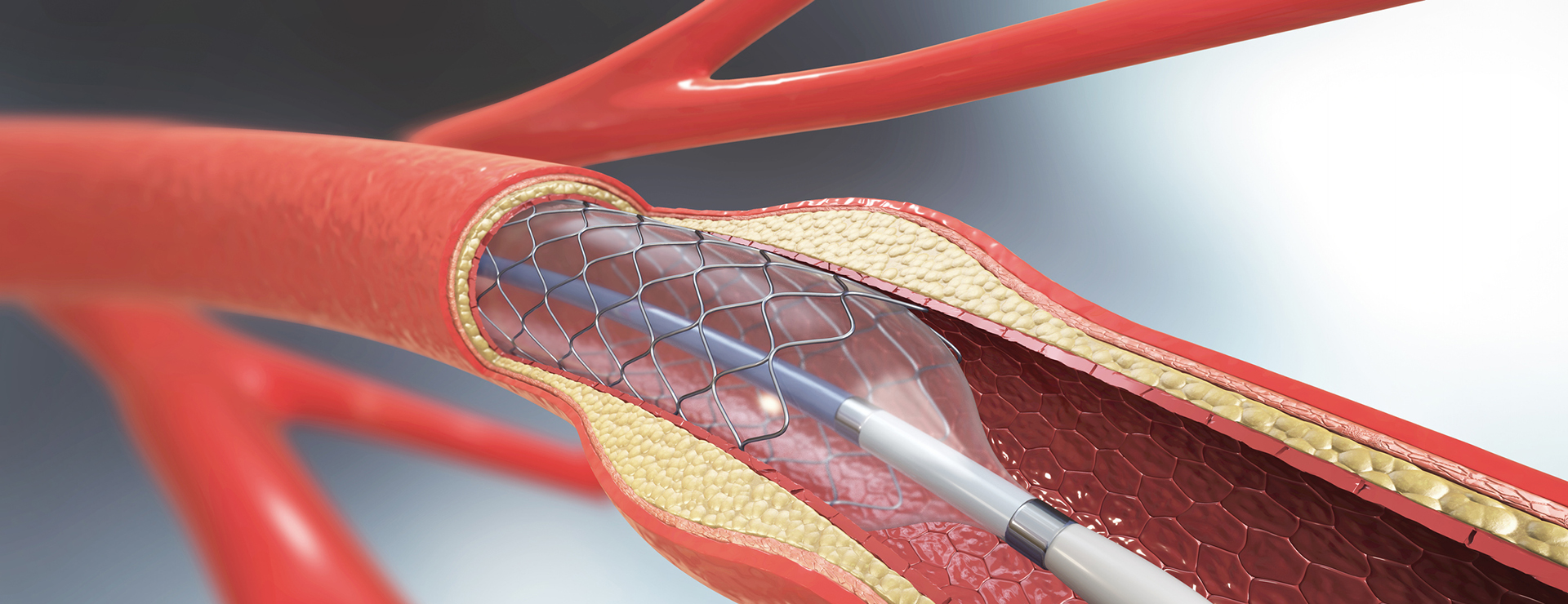
77-year-old gentleman was suffering from breathlessness, chest heaviness on walking. Gradually his symptoms progressed and the distance shortened. His disease had progressed to the level that every night it was difficult for him to breathe. He would get up in the middle of the night because of breathing difficulty.
Mr. Shariff had undergone angioplasty 20 years ago in 2004. He had suffered a heart attack and angioplasty with two stents were placed.
A repeat angiography showed more than 90 percent blockage in his two arteries. This resulted in weakening heart function and his heart efficiency was decreased to 30%. Dr Ravinder Singh Rao performed his redo -angioplasty with rotablator and IVUS guidance. Two new stents were placed. Rotablator was done to remove the calcium deposit inside the stent which were placed 20 years ago. Once the calcium was removed, the plaque was modified with a cutting balloon. Two stents were deployed. The expansion of the stent was confirmed on intravascular ultrasound. This is called imaging guided angioplasty. When imaging (IVUS) and plaque modification (Rotablator and Cutting balloon) angioplasty is done, the life of stents is further enhanced and chances of poor outcome decreases to less than 1 percent.
This is a rare case where stents have lasted for 20 years. It breaks the general myth that stents last only for few years. The current generation stents are better than the first-generation stents, in terms of delivery, restenosis rate and stent thrombosis rate. IVUS/ OCT gives the direct view of the stent inside the artery and provides details about the stent expansion.
After angioplasty the patient could sleep comfortably the same night without any breathlessness. Next day the patient was mobilized and he could walk without any breathlessness and chest discomfort. Dr Rao said that the effect of angioplasty is immediate as the blood supply is established immediately.
This is a rare case of redo angioplasty where stents have lasted for twenty years and a successful redo angioplasty was done to treat the blockage.
The author is the MD DM FACC, Interventional Structural Cardiologist.















